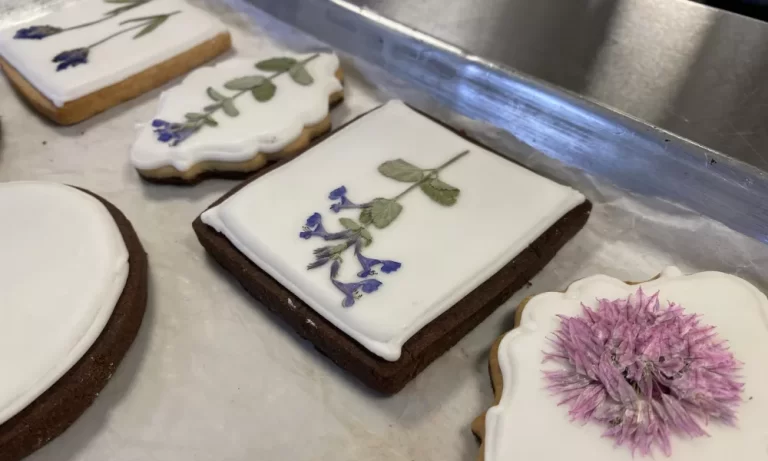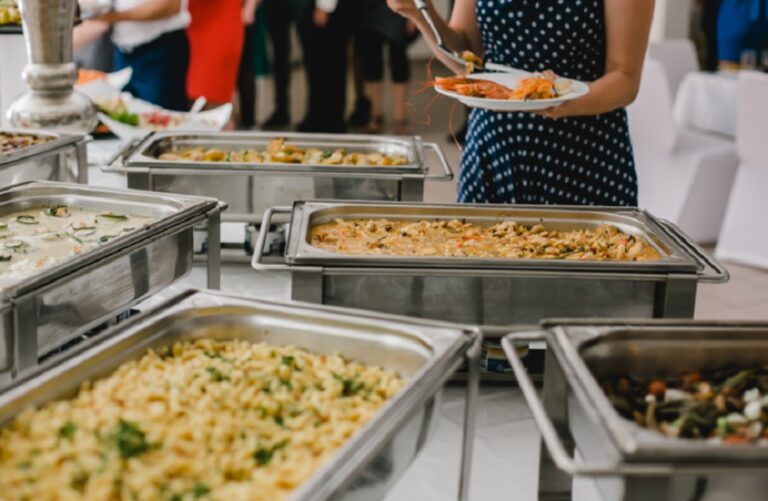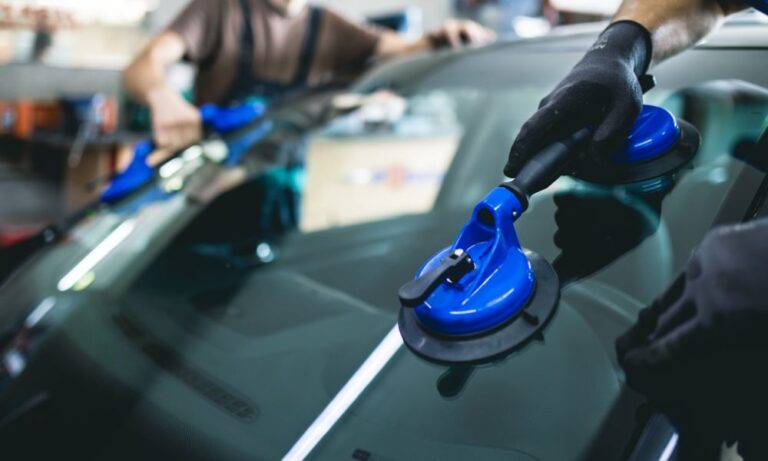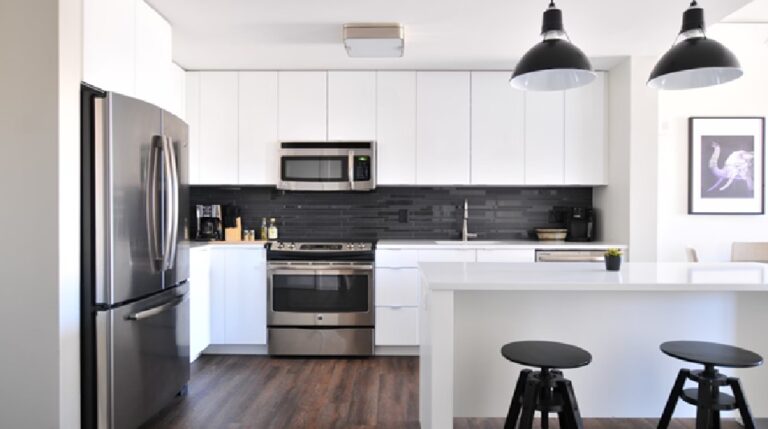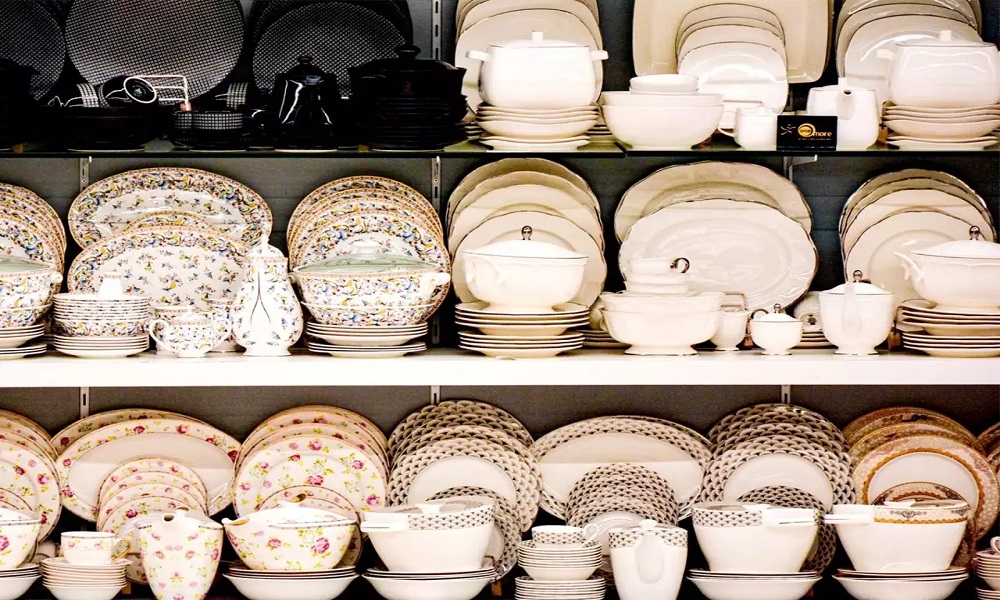
Formal dining occasions can be both exciting and intimidating. Whether you’re attending a business dinner, a fancy event, or a special celebration, understanding dinner set etiquette is crucial to leave a lasting impression.
Knowing how to conduct yourself at the table will not only showcase your manners but also enhance your overall dining experience.
In this comprehensive guide, we’ll explore the dos and don’ts of formal dining etiquette, helping you navigate through any high-class dinner setting with confidence.
Dressing for the Occasion
A vital aspect of formal dining is dressing appropriately for the event. Always consider the dress code mentioned on the invitation. For men, this often means wearing a well-tailored suit, while women can opt for an elegant evening gown or a sophisticated cocktail dress. Remember to groom yourself immaculately, as a neat appearance speaks volumes about your respect for the occasion.
Mastering Table Seating
Upon arriving at the venue, wait for the host or hostess to indicate your seating arrangement. Typically, the guest of honor or the most senior member is seated at the head of the table. Place cards may also be used to guide guests to their designated seats. If you find one with your name, proceed to that seat graciously. Avoid changing seats without permission, as this may disrupt the table setting and arrangements.
The Art of Using Napkins
As you take your seat, you will notice a folded napkin beside your tableware. When everyone is seated, unfold your napkin and place it on your lap. Use it to gently dab your mouth during the meal. If you need to excuse yourself during dinner, place the napkin loosely on the chair to signal that you’ll return. Remember to use the napkin, not your sleeve, to wipe your mouth – a fundamental rule of proper dinner etiquette.
Utensil Savvy
Formal dining often involves multiple courses, each requiring a specific set of utensils from the dinner sets. Start from the outside and work your way in with each course. Typically, the salad fork is the furthest left, and the soup spoon is the furthest right. As you progress through the meal, the main course fork and knife will come into play. If you are unsure about which utensil to use, observe others at the table or wait for a cue from your host.
Perfecting the Art of Conversation
Engaging in polite conversation is a hallmark of a successful formal dinner. Avoid discussing controversial topics, such as politics or personal issues. Instead, focus on light-hearted and positive subjects, such as travel, hobbies, or entertainment. Take an interest in others’ conversations and actively listen to what they have to say. Avoid interrupting and maintain eye contact when speaking or listening.
Handling Glassware
Formal dining usually entails a dinner set and a variety of glassware for different beverages. The water glass is typically placed above the dinner knife, while wine glasses are positioned to the right. To avoid confusion, remember the “BMW” rule: Bread and Butter plate on the left, Meal plate in the middle, and Water glass on the right. Pace yourself with drinks and avoid overindulgence.
Bread and Butter Basics
The bread and butter plate should be located to the left of your dinner plate. Break off bite-sized pieces of bread and butter them individually. Avoid spreading butter directly from the communal butter dish onto your bread. Remember to pass the bread to others before taking a piece for yourself.
Dining Posture and Behavior
Maintaining proper dining posture is essential during formal events. Sit up straight, keep your elbows off the table, and avoid slouching. Chew your food quietly with your mouth closed, and never talk with food in your mouth. Pace your eating to match the others at the table, and avoid finishing your meal too quickly or lingering for too long.
Dealing with Unfamiliar Foods
Formal dining often introduces new and exotic dishes. If you encounter unfamiliar food, observe how others at the table handle it. Follow their lead, and avoid making negative remarks about the dish. Be open to trying new flavors, as this showcases your willingness to embrace new experiences.
Conclusion
Mastering dinner set etiquette is not just about following a set of rules; it’s about displaying respect, courtesy, and thoughtfulness towards your fellow diners. By dressing appropriately, using utensils with ease, engaging in pleasant conversation, and being open to new experiences, you’ll navigate through formal dining events with confidence and grace, leaving a lasting positive impression on everyone around the table.
So, next time you find yourself at a formal dinner, remember these essential tips to make the experience truly enjoyable and memorable for all the right reasons.

